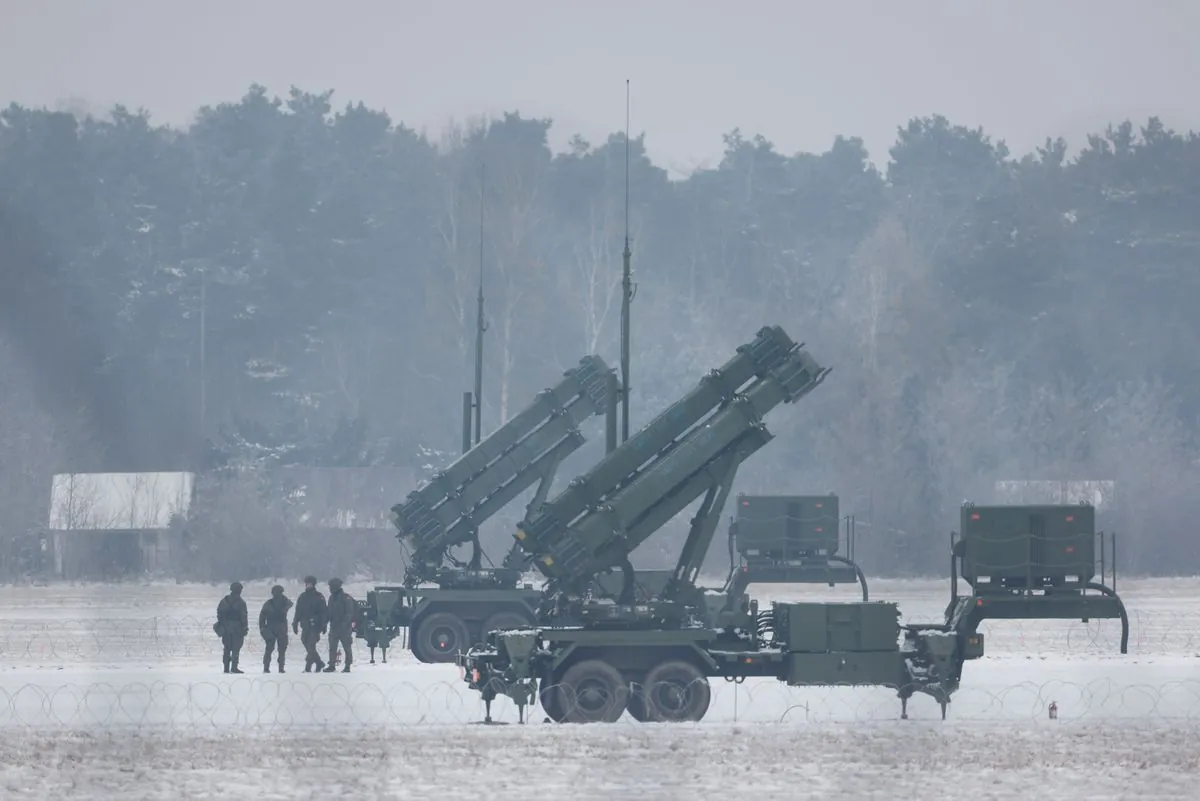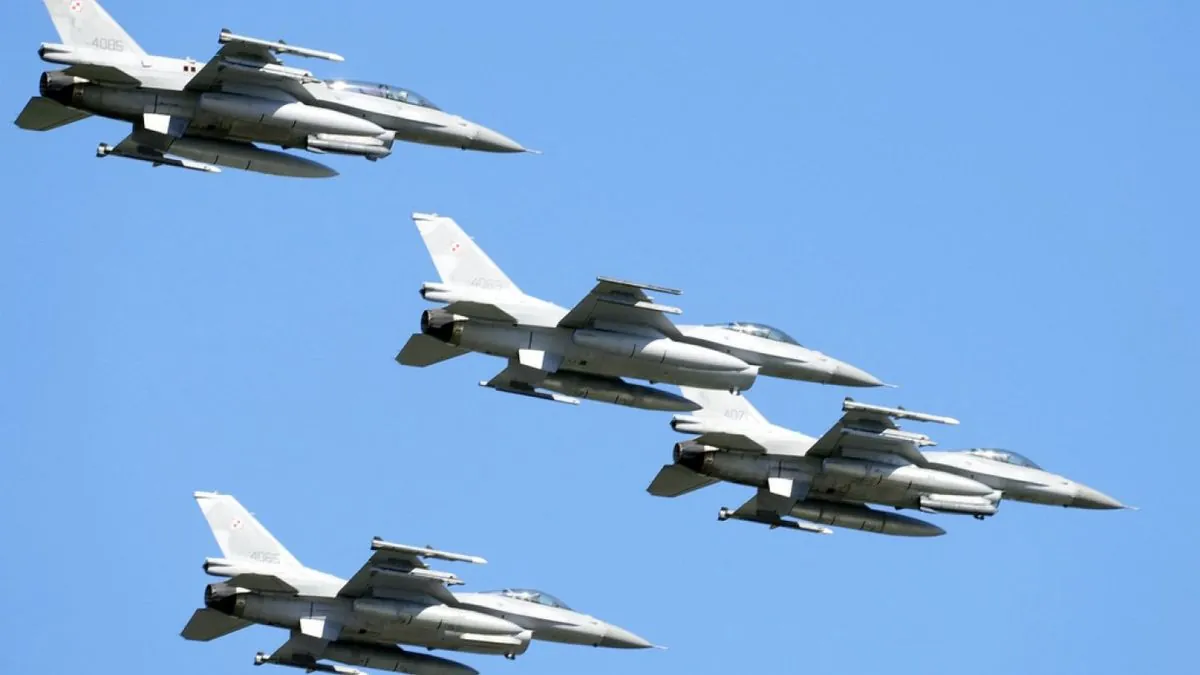NATO's Air Defense Shield: A Strategic Necessity Against Russian Incursions
Recent Russian airspace violations prompt calls for NATO to establish an air defense shield along its eastern border. This move could protect allies and indirectly aid Ukraine without escalating the conflict.

In recent months, NATO has faced increasing challenges from Russian military incursions into its airspace. These incidents have sparked debates about the alliance's response and potential strategies to deter further provocations.
On September 8, 2024, a Russian drone entered Romanian airspace during a nighttime attack on Ukraine's Danube River ports. Romania, a NATO member since 2004, responded by scrambling two F-16 fighter jets to monitor the situation. This incident is not isolated, as similar occurrences have been reported in Latvia, Poland, and other NATO countries throughout the ongoing conflict in Ukraine.

In light of these events, Ukraine has urged the European Union and NATO to take more proactive measures. Specifically, Kyiv has requested that the alliance begin intercepting Russian missiles and drones heading towards NATO airspace over Ukraine. This proposal has sparked discussions about the potential establishment of an air defense shield along NATO's eastern flank.
The proposed air defense shield would involve deploying ground-based air defense systems from various NATO member states along the borders of Poland, Slovakia, and Romania. Additionally, allied aircraft operating within NATO airspace could be utilized. The primary objective would be to prevent Russian attack drones and missiles from entering NATO airspace and striking alliance territory.
Proponents of the shield argue that it could provide several benefits:
- Enhanced protection for NATO members
- Indirect support for Ukraine's defense efforts
- Deterrence against further Russian provocations
Critics, however, express concerns about potential escalation. They argue that intercepting Russian weapons could draw NATO into direct confrontation with Russia, potentially triggering a wider conflict.
"Any direct involvement by NATO in the conflict would be met with severe consequences."
Despite these concerns, historical precedents suggest that a firm stance by NATO might actually lead to de-escalation. For instance, after Ukraine successfully destroyed a significant portion of Russia's Black Sea Fleet, including the flagship Moskva, Russia chose to withdraw its remaining vessels rather than escalate the conflict.
The debate surrounding the air defense shield highlights a broader discussion about NATO's approach to the ongoing conflict. Some argue that the alliance's cautious stance has inadvertently encouraged Russian aggression, while others maintain that restraint is necessary to prevent a wider war.
As the situation continues to evolve, NATO leaders face the challenge of balancing deterrence with the risk of escalation. The proposed air defense shield represents a potential shift towards a more proactive strategy, aimed at protecting alliance territory and indirectly supporting Ukraine's defense efforts.
With the conflict in Ukraine now in its third year, the international community watches closely to see how NATO will respond to these ongoing challenges and shape its strategy for the future.


































